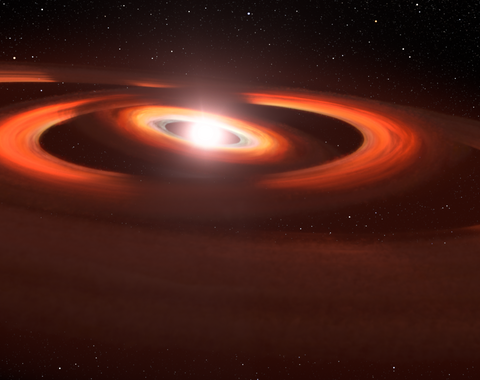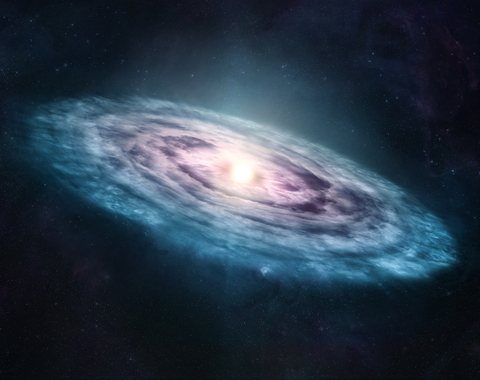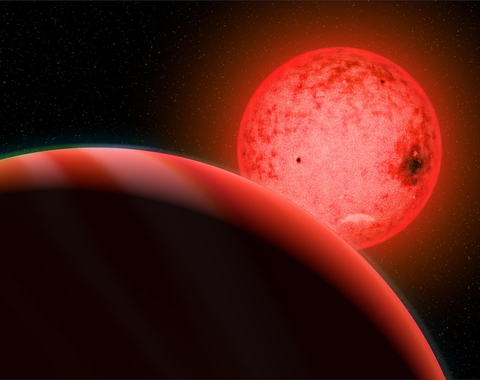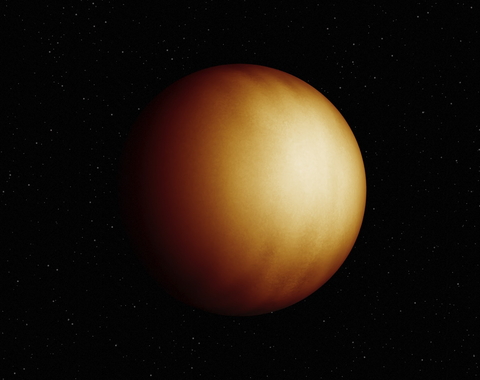Advancing New Frontiers
Our Solar System is only one example of a planetary system. Thousands of other systems have been discovered, and most look very different than Earth and its sibling planets. Understanding planet formation, what controls the architecture of a planetary system, and why observed systems are so diverse are key questions in the search for other planets like Earth.
Baby planets are born from the rotating disks of gas and dust that surround young stars. Understanding how these early systems go from disk to planets is essential to understanding our own origin and the true scope of our place in the universe. From direct observation of protoplanetary disks to complex mathematical models, Carnegie astronomers are working to piece together the processes that shape planet formation, as well as a planetary system's formation and early evolution.
Our Top Planet Formation Questions
Protoplanetary disks are rotating frisbees of gas and dust created when stars form. The dust and gas ultimately coalesce to form planets that settle into orbits around their star—creating what we know as a planetary system. Understanding how these early systems go from disk to planets is essential to understanding our own origin and the true scope of our place in the universe.
From direct observation of protoplanetary disks to complex mathematical models, the astronomers and astrophysicists at the Earth and Planets Laboratory are working to piece together the mysteries of how these complex systems form.
The Solar System is only one example of a planetary system. Thousands of other systems have been discovered, and most look very different than our own. Many other systems contain planets somewhat larger than Earth orbiting close to their stars where they would be too hot to support life. Giant planets like Jupiter are also quite common, but many have orbits that would prevent the existence of an Earth-like planet in a habitable orbit.
Understanding what controls the architecture of a planetary system and why observed systems are so diverse are key questions in the search for other planets like Earth.
Massive and gassy, Jupiter and Saturn are planets most people know. But perhaps what many people don't know is that similar gas giants are quite common in other planetary systems. Scientists are currently studying how these planets form, and why they can be found in locations and orbits much different than in our system. That mystery is one of the toughest problems in planetary science.
Related Divisions
Drawing on more than a century of science, our multidisciplinary department discovers exoplanets, creates new materials, illuminates Earth's inner workings, and seeks to better understand the universe that is our home.
Earth & Planets LaboratoryFrom the revelation of the universe’s expansion to the discovery of dark energy, Carnegie Observatories researchers have transformed humankind’s understanding of the cosmos. The groundbreaking work continues today at our world-famous Las Campanas Observatory in Chile.
ObservatoriesRecent News
Related Events
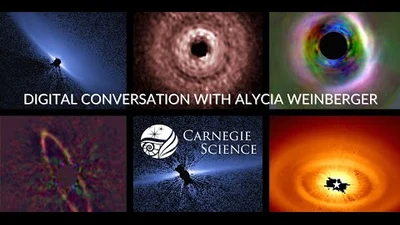
A Virtual Conversation with Astronomer Alycia Weinberger
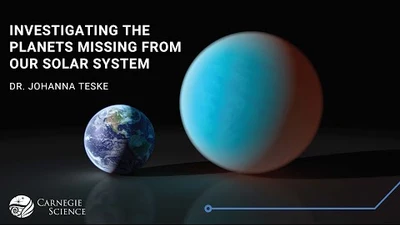
Investigating the Planets Missing From Our Solar System: A Virtual Conversation with Johanna Teske



















